Fiat Ducato Mobile Laboratory ambulance













If you decide to buy equipment at a low price, make sure that you communicate with the real seller. Find out as much information about the owner of the equipment as possible. One way of cheating is to represent yourself as a real company. In case of suspicion, inform us about this for additional control, through the feedback form.
Before you decide to make a purchase, carefully review several sales offers to understand the average cost of your chosen equipment. If the price of the offer you like is much lower than similar offers, think about it. A significant price difference may indicate hidden defects or an attempt by the seller to commit fraudulent acts.
Do not buy products which price is too different from the average price for similar equipment.
Do not give consent to dubious pledges and prepaid goods. In case of doubt, do not be afraid to clarify details, ask for additional photographs and documents for equipment, check the authenticity of documents, ask questions.
The most common type of fraud. Unfair sellers may request a certain amount of advance payment to “book” your right to purchase equipment. Thus, fraudsters can collect a large amount and disappear, no longer get in touch.
- Transfer of prepayment to the card
- Do not make an advance payment without paperwork confirming the process of transferring money, if during the communication the seller is in doubt.
- Transfer to the “Trustee” account
- Such a request should be alarming, most likely you are communicating with a fraudster.
- Transfer to a company account with a similar name
- Be careful, fraudsters may disguise themselves as well-known companies, making minor changes to the name. Do not transfer funds if the company name is in doubt.
- Substitution of own details in the invoice of a real company
- Before making a transfer, make sure that the specified details are correct, and whether they relate to the specified company.
Seller's contacts




 Turkey
Turkey 




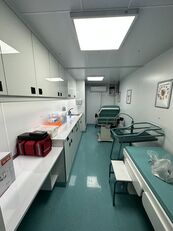












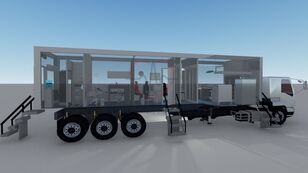





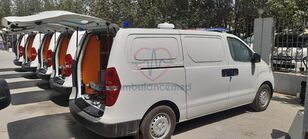




















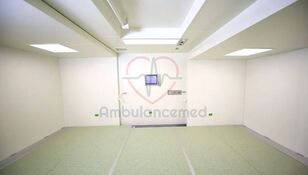





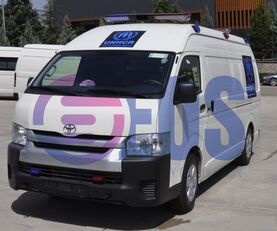






The Mobile lab is built with a structure using stainless steel exterior/internal paneling built from sandwich panels for strength and hygiene. The ceiling, walls, and floor are coated with 30 mm fiberglass for sound and thermal insulation; internal surfaces use 12 mm fiberglass, with marine plywood on the ceiling
Custom cabinetry, workbenches, and drawers are integrated for laboratory use. The setup supports scientific and diagnostic work in a compact, mobile environment.
The vehicle is typically outfitted with external 220 V power access, lighting, ventilation, and plumbing for clean and waste water.
The mobile laboratory includes pure water systems, incubators, centrifuges, microscopes, blood analyzers, and other lab essentials and other medical equipment necessary for use.
The vehicle interior is divided into three primary areas: a greeting and registration room, a central laboratory, and a technical room. These spaces are divided by doors equipped with air curtains to maintain hygiene and environmental control.
Beneath or adjacent to the driver's cabin is a technical compartment featuring a chemical toilet, hot/cold water systems, generator, UPS, air conditioning, heating, and supplies of oxygen and nitrogen.